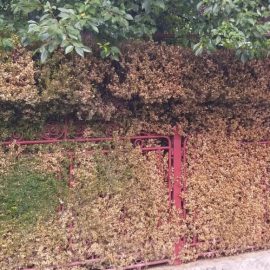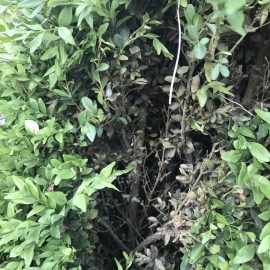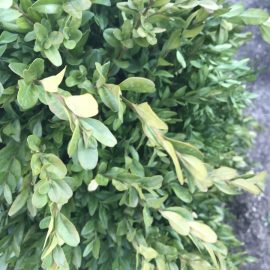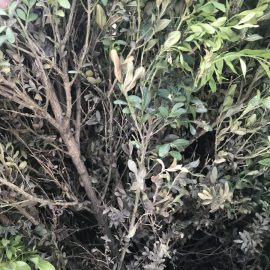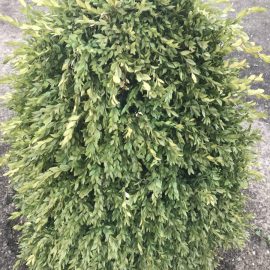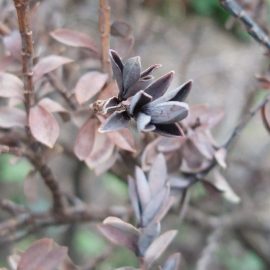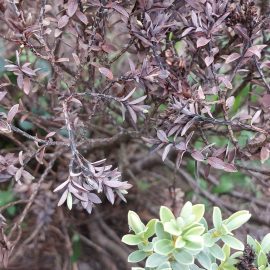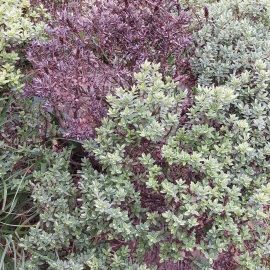Boxwood, planting guide and care work
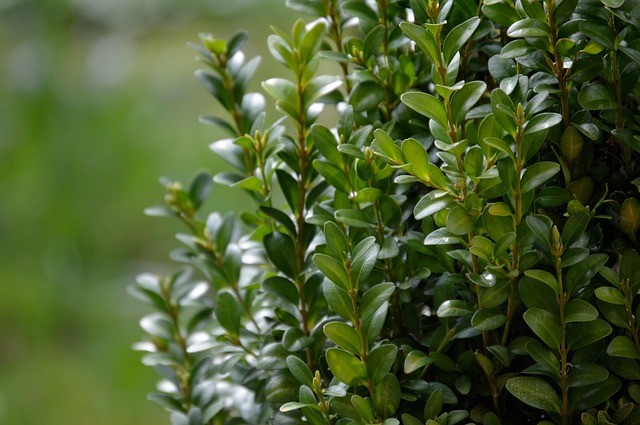
Buxus sempervirens (Boxwood) is a shrub native to Southern Europe, North Africa, and Asia Minor. It grows like a shrub, and in time it can reach a height of 6 m, but the growth is slow. It is widely used for ornamental purposes both in pots and planted in the ground, being decorative thanks to its overall appearance and leaves. The leaves are small, persistent, leathery, oval or elliptical in shape, on the topside colored in dark green, and on the underside in light green. The flowers are small, greenish-yellow, insignificant from a decorative point of view.
Species and varieties
Buxus nana – it is a dwarf species that reaches a maximum height of 30 cm, used especially for decorating the sidewalks.
Buxus sempervirens – it has many varieties, including:
- Buxus sempervirens var. Arborescens – it is higher, and it has oval leaves;
- Buxus sempervirens ‘Suffruticosa’ – it is smaller in size and the leaves are small;
- Buxus sempervirens ‘Nana Variegata’ – it is a dwarf variety and the leaves have a white edge.
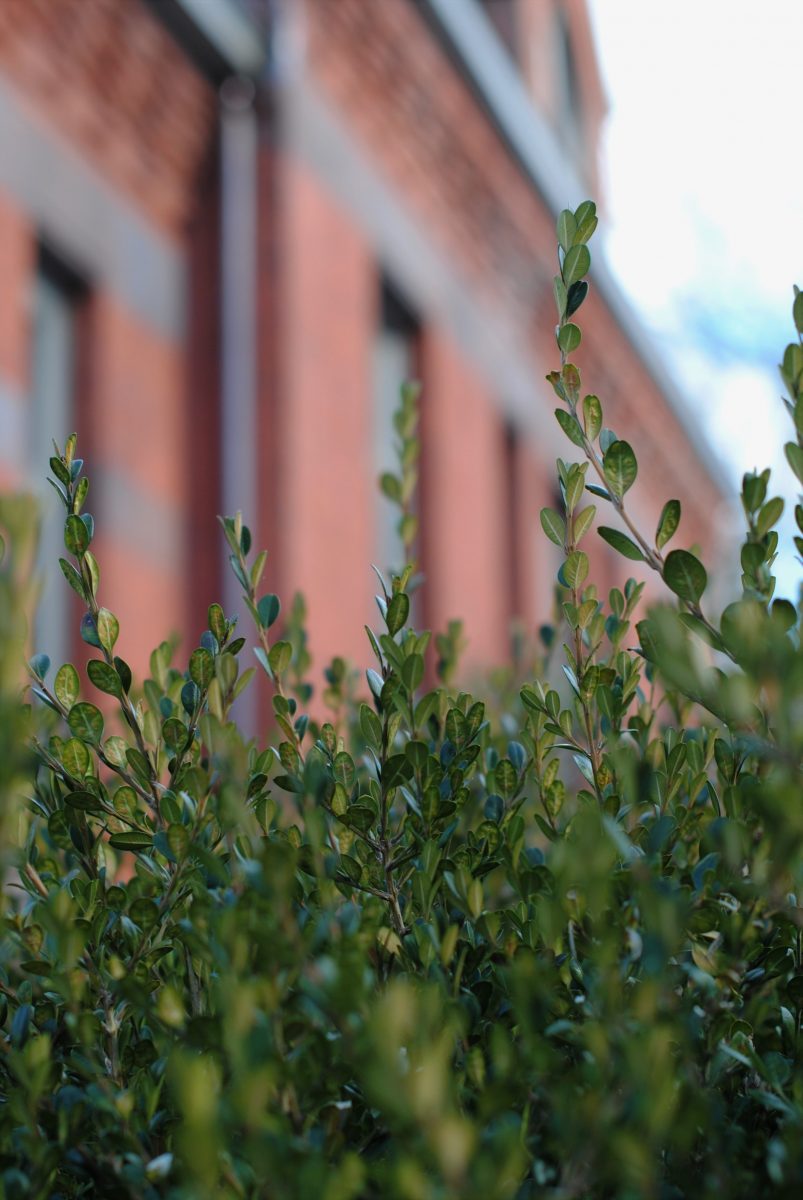
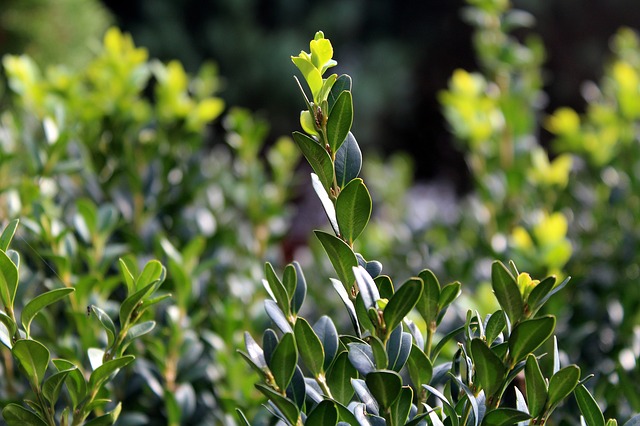
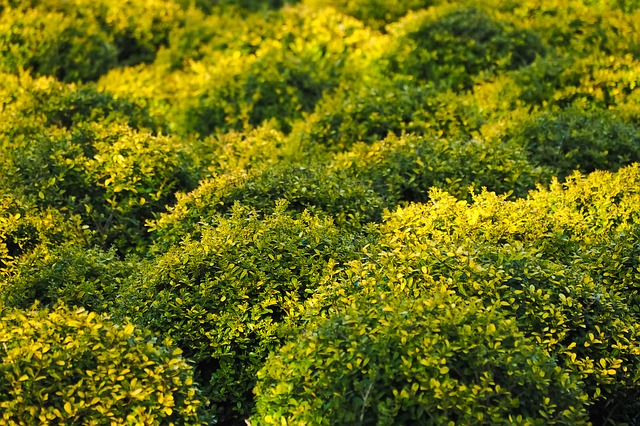

Environmental condition
Light. Buxus plants grow very well in partial shade or even in shaded spaces, but they can also tolerate direct sunlight.
Temperature. It is a frost-resistant species, but very low temperatures (-25° C) can cause frostbite.
Humidity. It prefers moderate humidity, being a species that tolerates drought only for a short period.
Soil. It adapts easily to any type of soil, but it grows optimally in fertile soils, with a neutral pH and good drainage capacity.
Buxus sempervirens is not a pretentious plant, being very easy to care for if it has the appropriate environmental conditions.
Watering
It should be done regularly, especially during hot periods, with a moderate amount of water. Excess water can lead to root suffocation and thus the death of the plant.
Pruning
This can be done in May-June or August.
Recommended products
-
You can find products on a different store
Change Store -
You can find products on a different store
Change Store -
You can find products on a different store
Change Store -
You can find products on a different store
Change Store -
You can find products on a different store
Change Store -
You can find products on a different store
Change Store -
You can find products on a different store
Change Store -
You can find products on a different store
Change Store -
You can find products on a different store
Change Store -
You can find products on a different store
Change Store -
You can find products on a different store
Change Store -
You can find products on a different store
Change Store -
You can find products on a different store
Change Store -
You can find products on a different store
Change Store -
You can find products on a different store
Change Store -
You can find products on a different store
Change Store -
You can find products on a different store
Change Store -
You can find products on a different store
Change Store -
You can find products on a different store
Change Store -
You can find products on a different store
Change Store -
You can find products on a different store
Change Store -
You can find products on a different store
Change Store -
You can find products on a different store
Change Store -
You can find products on a different store
Change Store
Fertilization
It should be done during the active growth period (spring-summer) with specific fertilizers.
Recommended products
-
You can find products on a different store
Change Store -
You can find products on a different store
Change Store -
You can find products on a different store
Change Store -
You can find products on a different store
Change Store -
You can find products on a different store
Change Store -
You can find products on a different store
Change Store -
You can find products on a different store
Change Store -
You can find products on a different store
Change Store -
You can find products on a different store
Change Store -
You can find products on a different store
Change Store -
You can find products on a different store
Change Store -
You can find products on a different store
Change Store -
You can find products on a different store
Change Store -
You can find products on a different store
Change Store -
You can find products on a different store
Change Store -
You can find products on a different store
Change Store -
You can find products on a different store
Change Store -
You can find products on a different store
Change Store -
You can find products on a different store
Change Store -
You can find products on a different store
Change Store -
You can find products on a different store
Change Store -
You can find products on a different store
Change Store -
You can find products on a different store
Change Store -
You can find products on a different store
Change Store
Planting
It should be done in the dormant period: autumn or early spring when the ground is not frozen. It is recommended to plant with a root ball.
Propagation
It is done through cuttings. Seedlings should be harvested from summer until late autumn, but also in spring. They have to be rooted in a shady place with a substrate that should be permanently kept damp.
Recommended products
-
You can find products on a different store
Change Store -
You can find products on a different store
Change Store -
You can find products on a different store
Change Store -
You can find products on a different store
Change Store -
You can find products on a different store
Change Store -
You can find products on a different store
Change Store -
You can find products on a different store
Change Store -
You can find products on a different store
Change Store -
You can find products on a different store
Change Store -
You can find products on a different store
Change Store -
You can find products on a different store
Change Store -
You can find products on a different store
Change Store -
You can find products on a different store
Change Store -
You can find products on a different store
Change Store -
You can find products on a different store
Change Store -
You can find products on a different store
Change Store -
You can find products on a different store
Change Store -
You can find products on a different store
Change Store -
You can find products on a different store
Change Store -
You can find products on a different store
Change Store -
You can find products on a different store
Change Store -
You can find products on a different store
Change Store -
You can find products on a different store
Change Store -
You can find products on a different store
Change Store
Diseases and pests
Boxwood is especially sensitive to pests. Of these, the most common are box tree caterpillar (Cydalima perspectalis), boxwood psyllid (Cacopsylla busi), and common red spider mite (Tetranychus urticae).
Recommended products
-
You can find products on a different store
Change Store -
You can find products on a different store
Change Store -
You can find products on a different store
Change Store -
You can find products on a different store
Change Store -
You can find products on a different store
Change Store -
You can find products on a different store
Change Store -
You can find products on a different store
Change Store -
You can find products on a different store
Change Store -
You can find products on a different store
Change Store -
You can find products on a different store
Change Store -
You can find products on a different store
Change Store -
You can find products on a different store
Change Store -
You can find products on a different store
Change Store -
You can find products on a different store
Change Store -
You can find products on a different store
Change Store -
You can find products on a different store
Change Store -
You can find products on a different store
Change Store -
You can find products on a different store
Change Store -
You can find products on a different store
Change Store -
You can find products on a different store
Change Store -
You can find products on a different store
Change Store -
You can find products on a different store
Change Store -
You can find products on a different store
Change Store -
You can find products on a different store
Change Store














































































































































































































































































































































































































































